Justification Letter for New Position Template
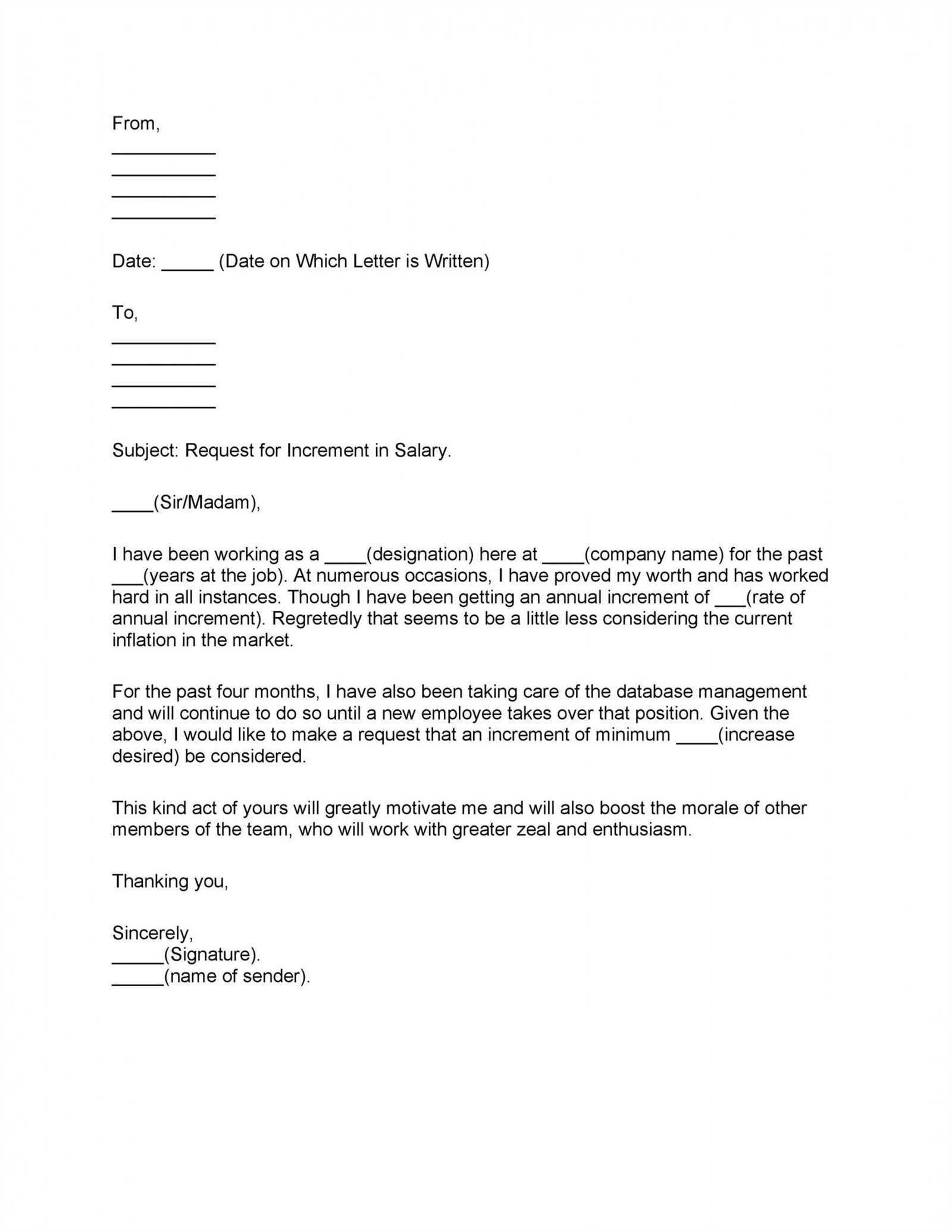
When seeking a change in your work responsibilities or advancement within a company, it’s often necessary to provide a formal request that outlines your reasons and qualifications. This document serves as a way to communicate your intentions clearly and professionally, ensuring that your request is taken seriously and considered in the right light.
Understanding the Importance of a Formal Request
Submitting a request for a role shift is an important step in advancing your career. It allows you to demonstrate your professional growth, explain your motivations, and highlight why you are the right candidate for the transition. A well-written communication can make a significant difference in how your appeal is received by management.
Key Aspects to Address
- Reason for the Change – Clearly explain why you believe the change is necessary and how it aligns with your career goals.
- Your Qualifications – Highlight any skills or experiences that make you well-suited for the new responsibilities.
- Benefits to the Company – Emphasize how the shift would be beneficial to the organization, both in the short and long term.
Structure of Your Request
The structure of the document should be clear, logical, and concise. Start by addressing the recipient formally, then introduce the purpose of your request. Provide a detailed explanation of why you are making the request, followed by your qualifications and any supporting evidence that strengthens your case. End with a polite and professional conclusion.
Common Mistakes to Avoid
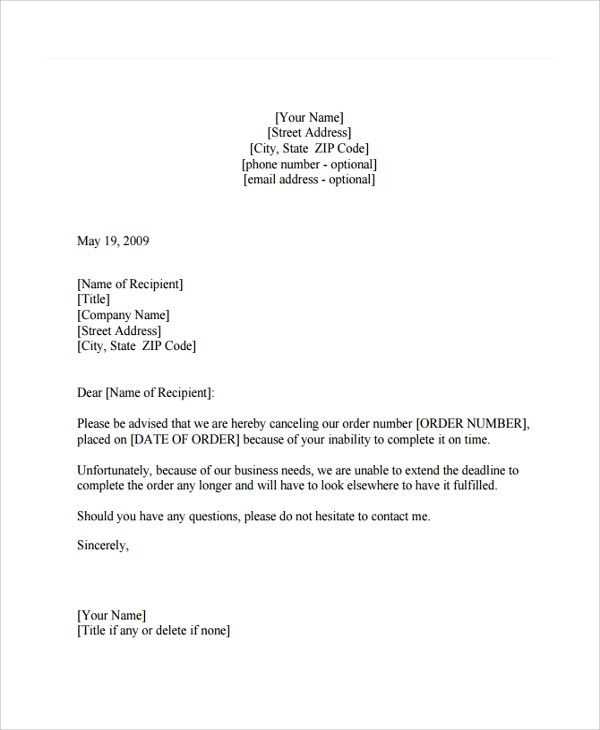
- Being Vague – Avoid being unclear about why you are asking for a change. Specificity is key.
- Overloading with Unnecessary Details – Keep your explanation focused on the most relevant points.
- Failure to Show Value – Always link your request back to how it benefits the company as well as your personal growth.
Final Tips for a Strong Request
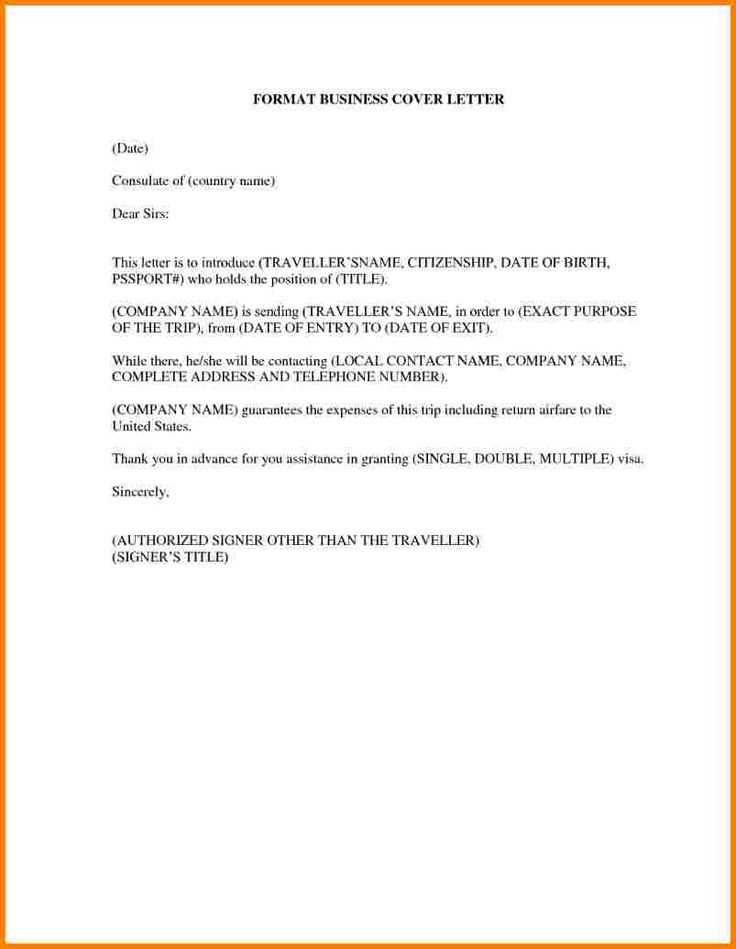
Ensure that your communication is professional and free from any errors. Review it multiple times to guarantee that your message is clear, persuasive, and well-supported. Consider asking a trusted colleague or mentor to review it before submission, ensuring that it reflects your intentions effectively.
What is a Request for Role Change and Why It’s Important
When seeking a shift in responsibilities or a career advancement within a company, it’s necessary to present a formal document outlining the reasons for the desired change. This type of communication serves as a structured way to highlight your qualifications and justifications, helping decision-makers understand why the transition makes sense both for you and the organization.
Key Aspects of a Role Change Request
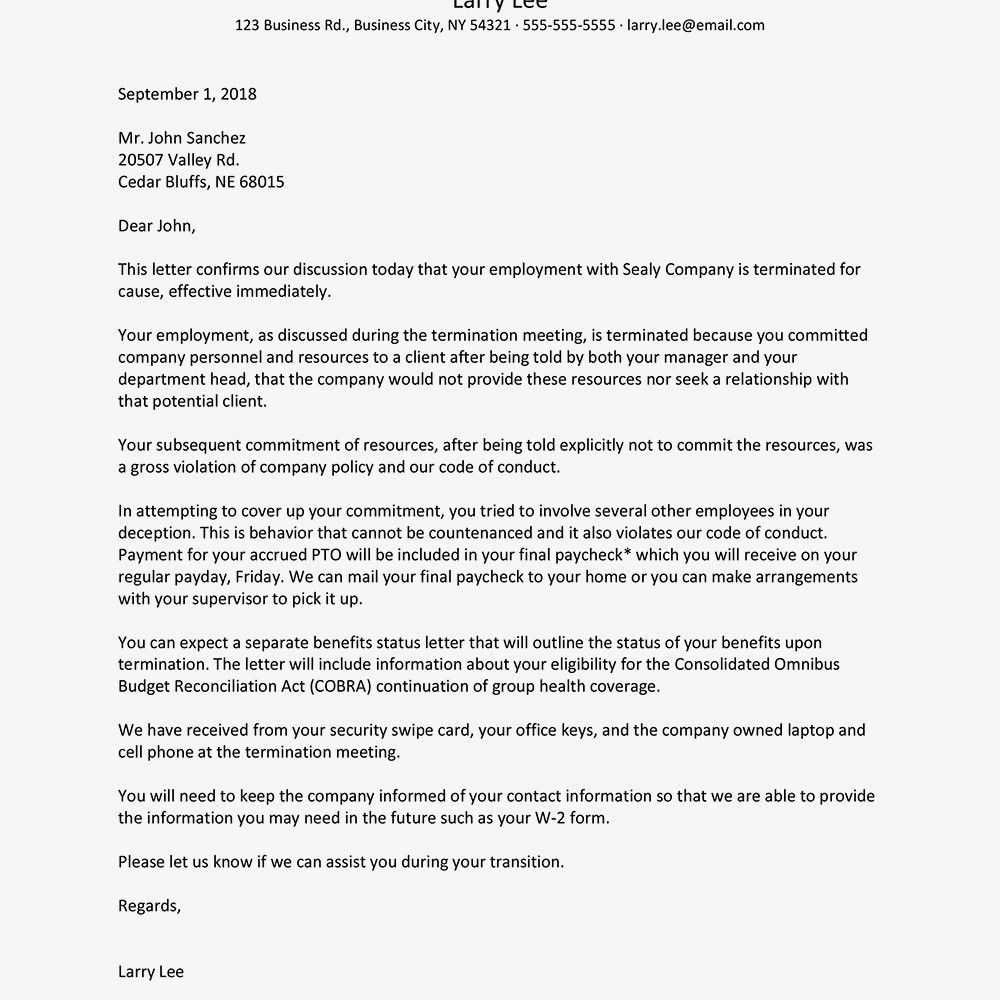
The main components of such a request include clearly stating the reason for your desired change, demonstrating your readiness for the new responsibilities, and explaining how the shift benefits both your professional growth and the company. It’s important to focus on providing enough detail to support your case without overwhelming the reader with excessive information.
How to Structure Your Request
To effectively present your case, begin by clearly stating the purpose of your request. Follow this by a well-organized explanation that includes the reasons for the change, your qualifications, and the benefits to the organization. Conclude by reaffirming your interest in the opportunity and your commitment to contributing to the company’s success.
Common Mistakes to Avoid
When preparing this document, avoid vague explanations that don’t effectively convey your reasoning. Do not over-explain or include irrelevant details, as this can detract from your main points. Additionally, always ensure that your message emphasizes the value the change will bring to the organization, as this strengthens your case.
Tips for Crafting an Effective Request
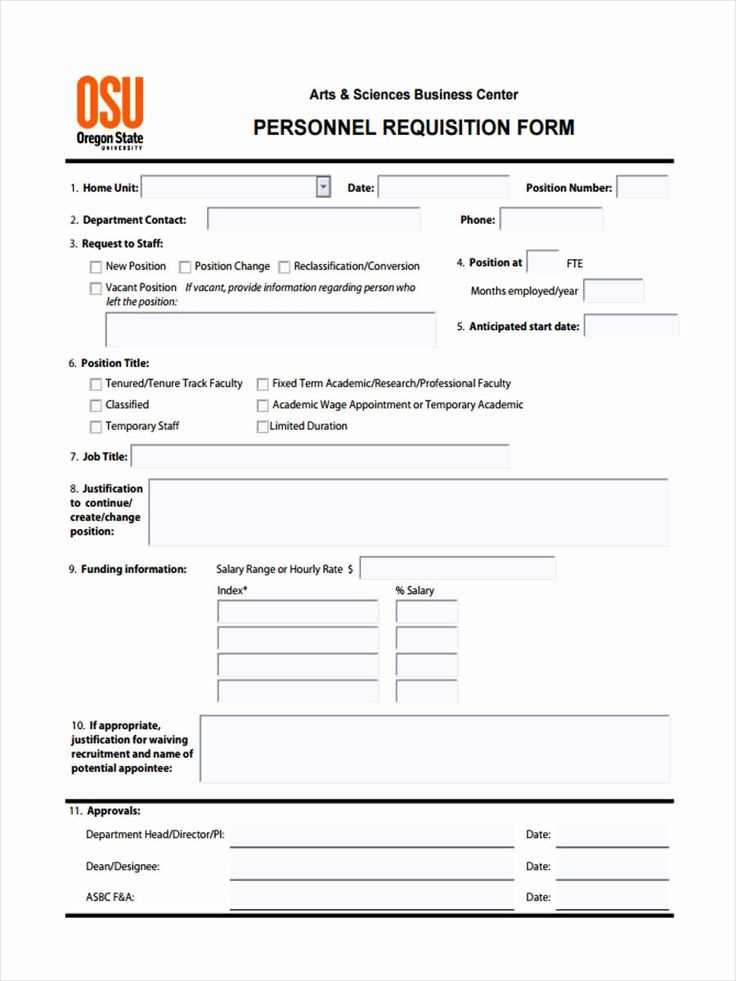
Keep your writing clear, concise, and professional. Focus on the specific skills and experiences that make you a good fit for the new role, and support your claims with facts or examples when possible. Proofread the document carefully to eliminate any errors or ambiguities that could weaken your argument.